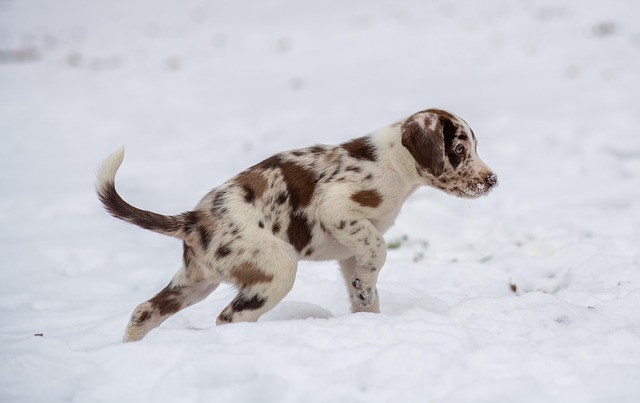Interpreting Dental, Mobility, and Behavior Signs of Aging
Recognizing dental wear, changes in movement, and shifts in behavior helps pet owners support animals as they move from puppy or kitten stages into maturity. This article outlines common signs, how breed and size affect them, and how to interpret milestones over the years.

Pets show aging in many visible and subtle ways. Dental deterioration, reduced mobility, and altered behavior often emerge gradually, and understanding these signs can help owners and local services provide appropriate seniorcare. Observing patterns over months and years—rather than reacting to single events—gives a clearer picture of development and the pace of maturity in both canine and feline companions.
This article is for informational purposes only and should not be considered medical advice. Please consult a qualified healthcare professional for personalized guidance and treatment.
How do dental changes reflect aging in canine and feline?
Dental health is a common early indicator of aging in both dogs and cats. In puppies and kittens, teeth erupt and wear in predictable development stages; in adult and senior animals, tartar buildup, worn enamel, fractured teeth, gum recession, and tooth loss become more common. These changes can affect eating patterns, weight, and overall health. Regular dental exams and cleanings with a veterinarian help track dental milestones and distinguish normal age-related wear from disease that requires treatment.
What mobility shifts indicate advancing years?
Mobility changes can include slower gait, stiffness after rest, difficulty rising, reluctance to jump, and reduced play. Size and breed influence when these signs appear: large-breed dogs often show joint and mobility issues earlier than small breeds, while some feline breeds may maintain agility longer. Consider the frequency and persistence of stiffness or limping and monitor for asymmetry or worsening over weeks. Physical therapy, weight management, and environmental adjustments in your home support mobility and comfort.
How do behavior milestones show development and maturity?
Behavioral milestones span socialization in youth to shifts in sleep, activity levels, and reactions to stimuli as pets age. A puppy or kitten that settles into calmer routines by maturity shows normal behavioral development; conversely, sudden increases in anxiety, confusion, or aggression can signal cognitive decline or medical issues. Track changes in litter box habits, nighttime wakings, social interest, and interest in play over months to identify patterns related to aging rather than temporary stressors.
How does conversion of pet years relate to lifespan and breed?
Conversion of pet years to human-equivalent years is an approximate tool to contextualize aging but varies by species, breed, and size. Smaller breeds often have longer lifespans than larger breeds among dogs, while feline lifespan patterns differ from canine ones. Conversion formulas can highlight relative developmental stages—juvenile, adult, senior—but they’re simplifications. Use lifespan expectations for a given breed and size as a guideline when interpreting milestones rather than as precise predictions.
How do size and breed influence how signs appear?
Breed and size shape both the timing and type of aging signs. Large-breed dogs commonly develop orthopedic issues earlier, while certain breeds face breed-specific dental or neurological concerns. Mixed-breed animals can show blended patterns. In felines, indoor vs. outdoor lifestyle and breed predispositions influence when mobility or dental issues surface. Understanding breed and size context helps differentiate expected age-related milestones from conditions that need veterinary evaluation.
What should seniorcare and monitoring involve?
Effective seniorcare includes routine veterinary checkups, dental assessments, weight and nutrition management, and activity monitoring. Track health indicators such as appetite, drinking, elimination, gait, and social behavior to notice gradual shifts over months. Environmental changes—non-slip surfaces, ramps, comfortable bedding—support pets experiencing mobility decline. Regular discussions with a veterinarian about pain management, diagnostics, and preventive care ensure that age-related changes are managed with attention to quality of life and medical needs.
In summary, dental wear, mobility changes, and behavior shifts are interconnected signals of aging that vary by breed, size, and individual history. Observing milestones over time, considering conversion and lifespan context, and working with local services and veterinary professionals enable informed decisions about seniorcare and health as pets progress through the years.




